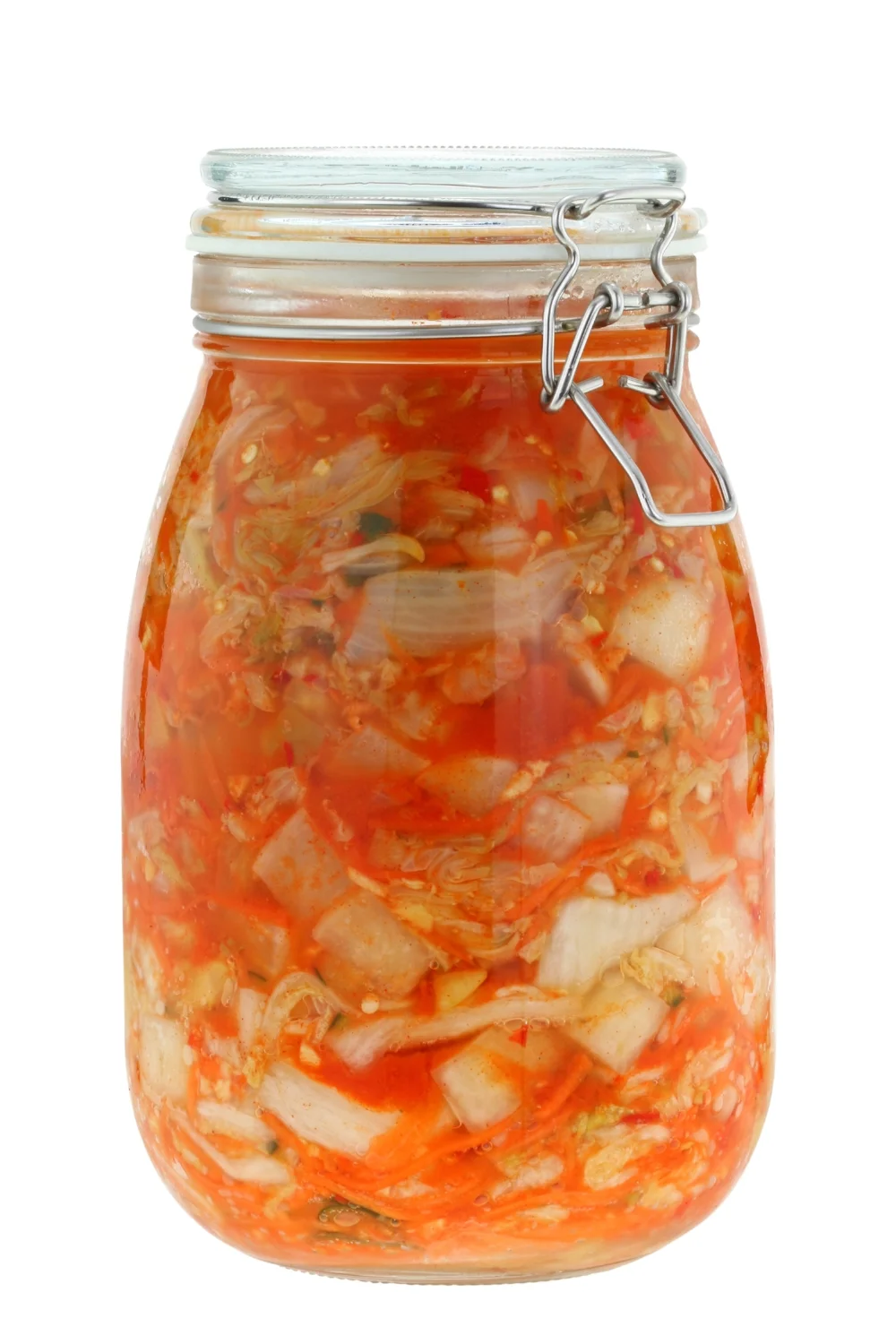Homemade Almond Yoghurt
This post contains affiliate links to products that I use myself or can recommend.
What is yoghurt
Yoghurt is a top source of probiotics, if it is made of milk from a raw organic animals or plants.
Yogurt is fermented milk, which is believed to originate in Central Asia, where it is also known as the Bulgarian beverage. It was only in the early 20th century that yogurt became known and loved in other parts of the world after the Russian biologist Iljitj Mekhnikov popularized the drink as the way to a long life. With the spread of yogurt to other owns, there has been a large variation in the lactic acid bacteria used to acidify the milk and hence large differences in taste and consistency.
In order for a buttermilk product to be labeled "Yoghurt", the product must contain at least the lactic acid bacterial strains; Lactobacillus bulgaricus and Streptococcus termophilus, otherwise the produce can not be marketed as yogurt, although both the taste, texture, and good qualities are very similar to yogurt
Good to know before you start making plant-based yogurt
This is my almond yogurt recipe, but nearly any non-dairy milk can be cultured, including, nut, seed, hemp, or coconut milk. While store-bought milk may be used, I recommend using milk with as few additives as possible.
The Sugar Issue
Because most plant milk have less sugar than dairy milk, it can help to add sugar to promote fermentation. Approximately 1-2 teaspoons sugar or raw honey per cup of milk is recommended. Rice milk doesn’t need additional sugar.
Vegan Yogurt Starter Culture
To make a completely dairy-free yogurt recipe, use a vegan yogurt starter with at least the strains Lactobacillus bulgaricus and Streptococcus termophilus.
The Thickeners
While non-dairy milk will culture without a thickening agent, it usually will not set. To create a spoon-able, fairly thick yogurt, you'll need to choose a thickener that meets your dietary needs. This is what works for me:
Arrowroot Powder
Homemade almond milk has a tendency to separate. Arrowroot powder is great for preventing that and to thicken the yogurt.
Gelatin
I also use 100% grass-fed gelatin from animals raised sustainably on pasture, it’s great for the gut and provides a consistent texture.
If you’re vegan, you can swap it out for agar agar in equal amounts. Make sure you’re using powdered agar agar not the flakes.
Incubation
Here are some common ways to incubate your yogurt:
In the oven with the oven light on
On a heating blanket on low setting with towels
In a pressure cooker if you have a yogurt setting
Proof setting on your oven if you have the setting
I use a yogurt maker – works every time
Recipe
Equipment:
Yogurt maker or a similar appliance to make yogurt
Shaker bottle (nice to have)
Ingredients
1,5 cups / 4 dl raw almonds
Pinch of salt
4-5 dates (optional)
4,2 ups / 1 liter purified water
2 tbsps. arrowroot powder
1 tbsp. grass-fed gelatin or agar agar
Mango Flavor tip:
Before you cool your yogurt…
Add cubed mango and orange juice to a small blender or food processor and purée until smooth. Measure out 4 Tbsp. (~50 g) mango purée and add it to your yogurt along with a ½ tsp. vanilla powder.
Whisk/stir to combine (this is most easily done in a mixing bowl). Taste and adjust flavor as needed. (Reserve any leftover mango purée for serving with yogurt or for smoothies.)
Enjoy immediately or place back in the fridge to thicken for about 4-6 hours.
INSTRUCTIONS
The almond milk
Skin the almonds (optional)
Soak the almonds 6-12 hours: Cover your almonds with filtered water and let sit 6-12 hours, then drain and rinse.
Pour your soaked almonds into a blender and add 4 cups / 1 liter of purified water, salt and dates.
Blend for a few minutes until they are well pulverized.
Pour the milk mixture into a milk bag to strain out almond pulp.
Let the bag drain and gently squeeze the bag 15 minutes later. Remove as much milk as possible.
Maybe add extra water to your almond milk to equal 4 cups / 1liter
The Yogurt
Sterilize. To prevent bad bacteria to enter, you should sterilize the equipment you’ll be making your yogurt in, including spoons and the container you will incubate the yogurt in.
Pour boiling water over your equipment before using it. Or you can run your equipment through the dishwasher.
Pour your milk into a saucepan. Reserve 1 cup of almond milk in a separate bowl.
Mix 2 tablespoons of arrowroot powder with 1 cup of milk. Whisk with a fork or use a blender bottle until incorporated.
Sprinkle 1 tablespoon of gelatin or agar agar over the milk in the saucepan as you heat it.
Heat the milk to 85°C /185°F. This will sterilize your milk and prevent bad bacteria from cultivating.
Remove from heat
Pour the arrowroot mixture into the saucepan and whisk to combine.
Decrease temperature to 40°C /104°F.
Once your milk has reached 40°C /104°F, it’s safe to add the culture. Anywhere between 100 and 110 degrees is the sweet spot.
Incubate your yogurt at 40-42°C /104-108 °Ffor 6–8 hours.
Cool in fridge to thicken.
Enjoy.

















